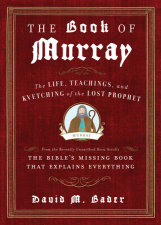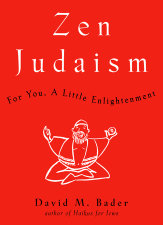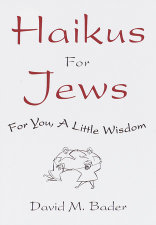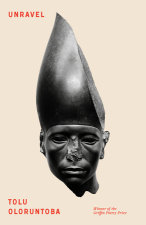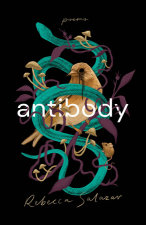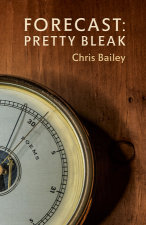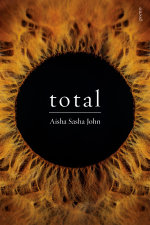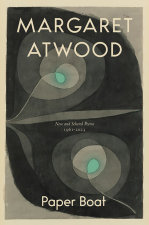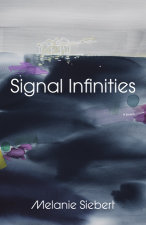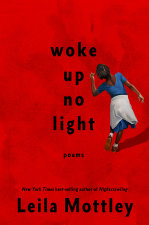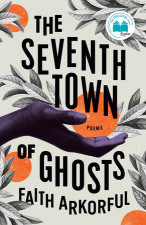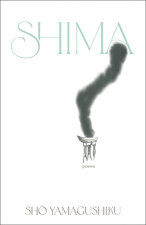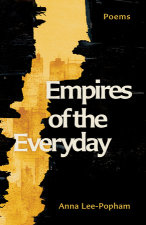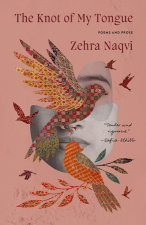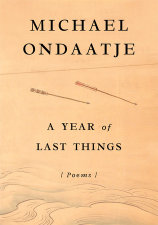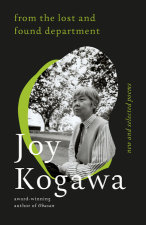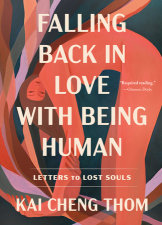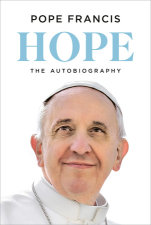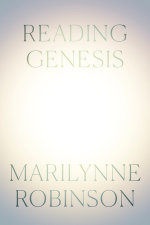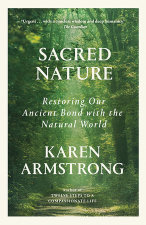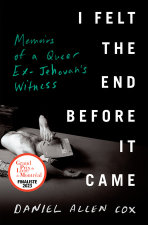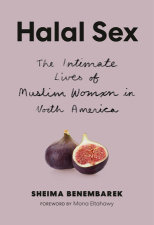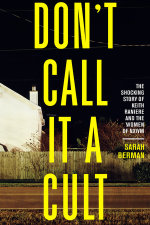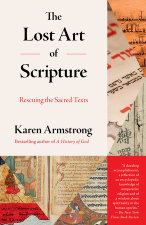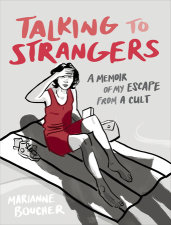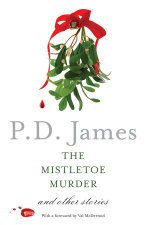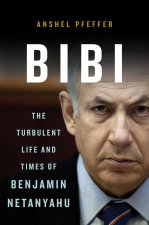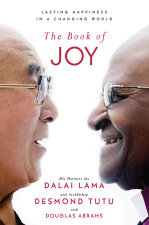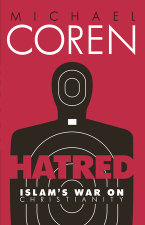Excerpt
From Haikus for Jews

Haikus for Jews by David M. Bader
Hardcover
Foreword
Of all the many forms of Jewish-Japanese poetry, the Jewish haiku is perhaps the most sublimely beautiful. Consisting of just seventeen syllables, this little-known style of verse combines the simplicity and elegance of Asian art with the irritability and impatience of Jewish kvetching. Its brief, carefully wrought lines are designed to produce in the reader a "haiku moment"--a sudden, intense realization, such as "So that's it?"
The modern haiku owes its origins to fifteenth-century Japan, where it was first noticed that a seventeen-syllable poem was over much sooner than other poems. After the failure of experiments with eighteen- and nineteen-syllable alternatives ("too bloated"), the haiku was embraced by Zen masters and Samurai warrior monks, who were extremely pressed for time. In keeping with the era's rigid code of Bushido, haiku poets who exceeded the seventeen-syllable limit were given the choice of committing hara-kiri--ritual suicide--or apologizing for being so long-winded.
The earliest Jewish haikus were the contribution of the now almost-forgotten Jewish Haiku Mavens. Like the Japanese haiku, the Jewish haiku was typically an untitled work, consisting of three lines of five, seven, and five syllables, respectively. It also had to include a kigo, or "season word," hinting at the time of year. For example, in traditional Japanese haiku, russet could suggest autumn, dragonfly could mean summer, while cherry blossom might connote spring. Similarly, in Jewish haiku, sunblock could signify summer, extra sweater winter, and doing my taxes spring. In Jewish haiku, the season word was sometimes left out entirely and replaced by a "home-furnishings word,"such as broadloom.
Perhaps the most brilliant poet of the Jewish haiku was Sheldon "Sashimi" Lepstein, according to his mother. Lepstein grew up aspiring to be a retainer in the court of the Tokugawa Shogunate. Since he was born on the Upper West Side of Manhattan in 1948, he enrolled in City College instead. There, influenced by such haiku poets as Basho, Issa, and Shiki, he soon found himself drawn to the works of Melvin Weintraub ("Floop, oop! The sound of matzoh balls plunging into boiling chicken broth") and Irving Gittelman ("Pans empty, plates cleared, yet another pot roast is now indigestion").
Lepstein eventually mastered the intricacies of the Jewish haiku himself. Some of his finest efforts, the product of bitter life experience, were even more pointed and concise than traditional haiku, such as his searing one-syllable poem, "Oy!" and his two-syllable epic, "Gevalt!" He is perhaps best remembered today for the melancholy haiku
No fins, no flippers,
the gefilte fish swims with
some difficulty.
Though adhering to the traditional format, the haikus in this volume have been made more accessible to meet the needs of Jewish people who may be in a hurry. All syllables have been counted and re-counted by the accounting firm of PricewaterhouseCoopers. The author takes full responsibility for any errors that may have crept in, possibly as a result of proofreading after a heavy meal and feeling a little sleepy.
Haikus forJews
Jewish triathlon --
gin rummy, then contract bridge,
followed by a nap.
The frost-withered fields
flecked with white chrysanthemums --
Bubbeleh, your scarf.
Shatner and Nimoy
observing Shabbos -- "Scotty,
beam up a minyan."
Shedding its wet skin,
the spritzing seltzer bubble
becomes a Buddha.
SJF seeking
eternal soul mate -- must be
a professional.
Like a bonsai tree,
your terrible posture at
my dinner table.
Lonely mantra of
the Buddhist monk -- "They never
call, they never write."
Sorry I'm not home
to take your call. At the tone
please state your bad news.
David M. Bader is the author of Haikus for Jews: For You, A Little Wisdom and Zen Judaism: For You, A Little Enlightenment, among others. A Harvard-educated former lawyer, he lives in New York City.
